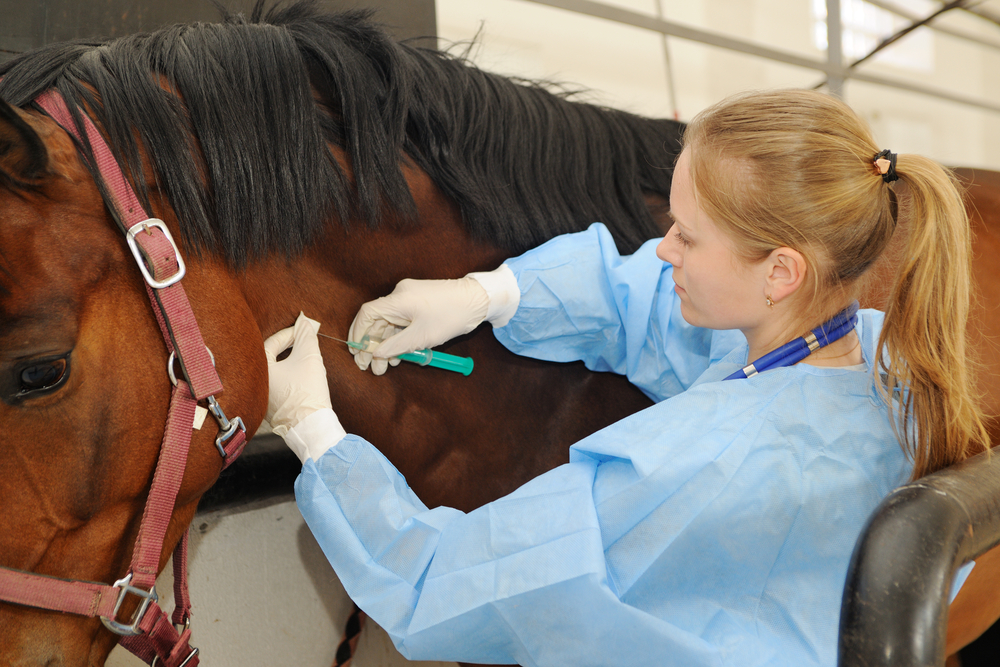When it comes to equine dental care, understanding the difference between floating and rasping is crucial. These two terms often come up in discussions about horse health, particularly when addressing dental needs. For those diving into the world of equestrian care, knowing what each entails can make a significant difference in maintaining your horse’s overall health.

Understanding Equine Dental Anatomy
Before we delve into floating vs rasping, it’s important to have a basic understanding of equine dental anatomy. Horses have a unique set of teeth that continually grow throughout their lives. This characteristic necessitates regular dental care to prevent problems such as uneven wear or sharp edges that can cause discomfort.
The Importance of Dental Care for Horses
Proper dental care is not just about comfort but also about ensuring that your horse can eat properly and maintain good nutrition. Issues like sharp edges can lead to difficulties in chewing, leading to inadequate digestion and nutrient absorption. This is why dental hygiene is a critical aspect of overall equine health.
What is Floating?
Floating is the process of filing down the sharp edges of a horse’s teeth. This is typically done using a special file known as a float. The goal is to create a smooth chewing surface that allows the horse to eat more comfortably and efficiently.
The Benefits of Floating
Regular floating can prevent a variety of dental issues. It reduces the risk of mouth ulcers, cuts, and other injuries that sharp teeth can cause. By maintaining a smooth surface, floating ensures that your horse’s teeth wear down evenly, which is essential for long-term dental health.
What is Rasping?
Rasping is another method used in equine dentistry to address dental issues. Similar to floating, rasping involves smoothing out rough spots on the teeth. However, it may be used in different contexts or in conjunction with other dental procedures.
When to Use Rasping
Rasping is often employed when a more precise approach is needed. For instance, if a horse has particularly uneven teeth, a rasp may be used to address specific problem areas. This method can be especially useful in older horses or those with unique dental challenges.
Comparing Floating and Rasping
While both floating and rasping are used to maintain healthy teeth, the choice between them depends on the specific needs of the horse. Floating is generally used for routine maintenance, while rasping can be more targeted.
Which is Better?
There isn’t a one-size-fits-all answer to whether floating or rasping is better. It ultimately depends on your horse’s individual dental needs. Consulting with a professional equine dentist or veterinarian can help you determine the best approach for your horse.
Signs Your Horse Needs Dental Attention
Knowing when your horse needs dental care is crucial. Common signs include difficulty eating, dropping food, weight loss, and resistance to the bit. Regular check-ups can help catch these issues early.
The Role of Professional Care
While some horse owners may attempt to perform dental care themselves, professional care is recommended. Equine dentists have the tools and expertise to perform these procedures safely and effectively.
How Often Should Dental Care Be Performed?
The frequency of dental care depends on the horse’s age, diet, and specific dental issues. Generally, an annual check-up is recommended, but some horses may require more frequent care.
Age Factors
Younger horses and seniors often need more frequent dental assessments to address the rapid changes in their dental anatomy.
Diet and Its Impact
A horse’s diet can also affect dental health. Horses with a high forage diet may require less frequent care than those on a diet of processed feeds, which can lead to uneven wear.
Conclusion
Understanding the difference between floating and rasping is essential for maintaining your horse’s dental health. Regular check-ups and professional care can ensure that your horse remains comfortable and healthy. For more detailed information, you may refer to resources such as BW Equine Vets.

FAQs
What is the main difference between floating and rasping?
Floating generally refers to the process of creating a smooth chewing surface on the teeth, while rasping is a more targeted approach to address specific dental issues.
How often should a horse have its teeth floated?
It is typically recommended to have a horse’s teeth floated once a year, but this can vary depending on the horse’s age and dental health.
Can I perform dental care on my horse myself?
While some horse owners may choose to perform basic care, professional equine dental care is recommended for safety and effectiveness.
This article contains affiliate links. We may earn a commission at no extra cost to you.
